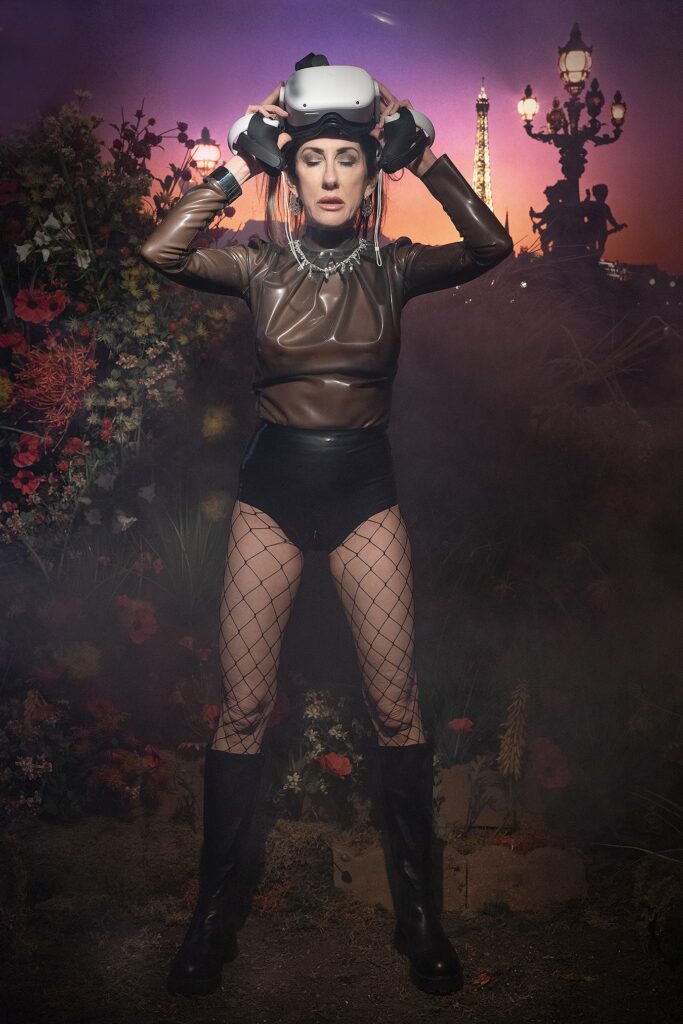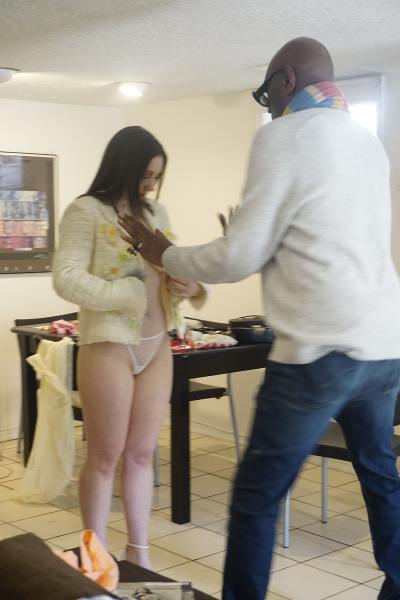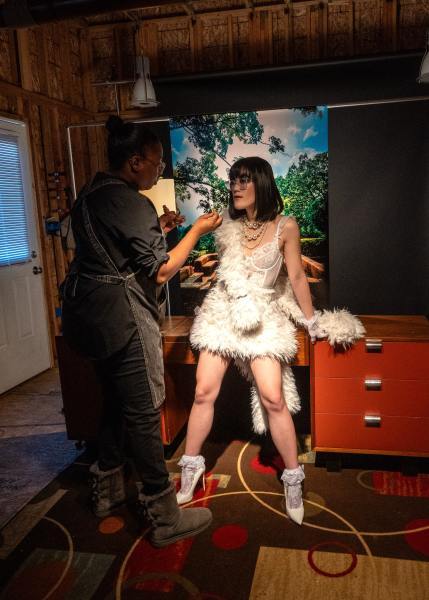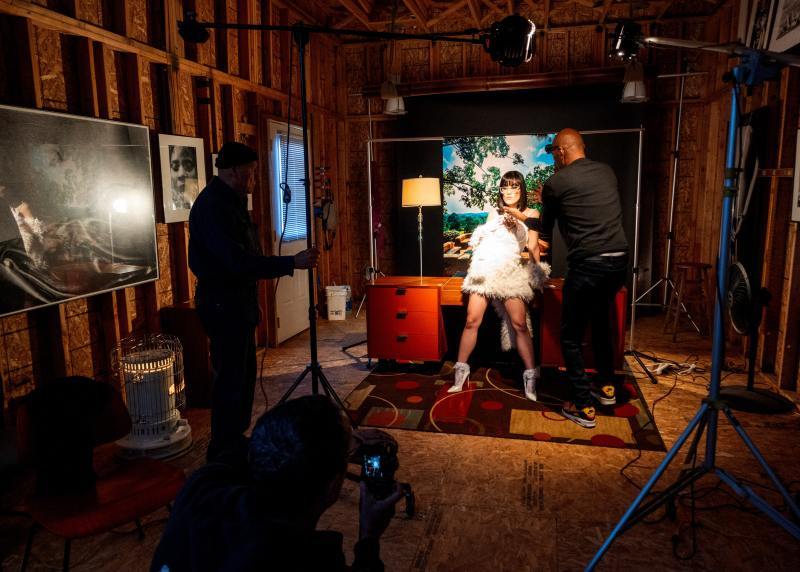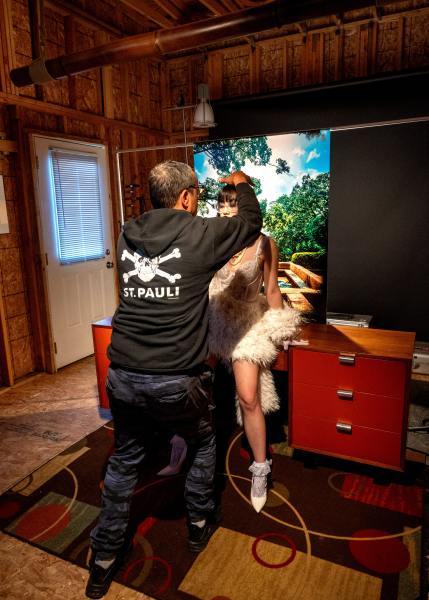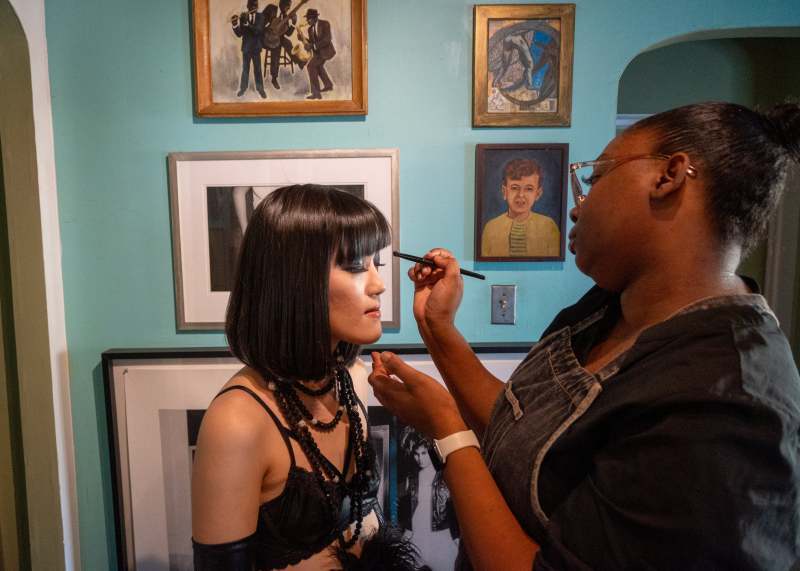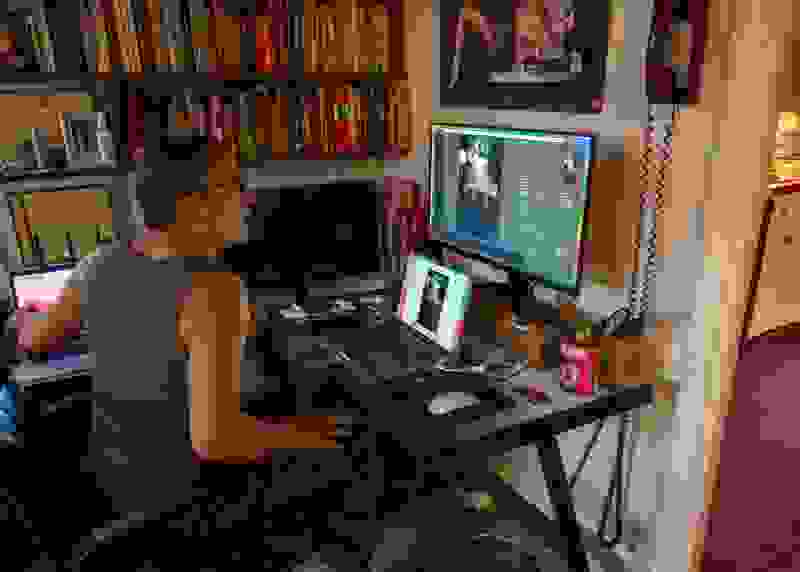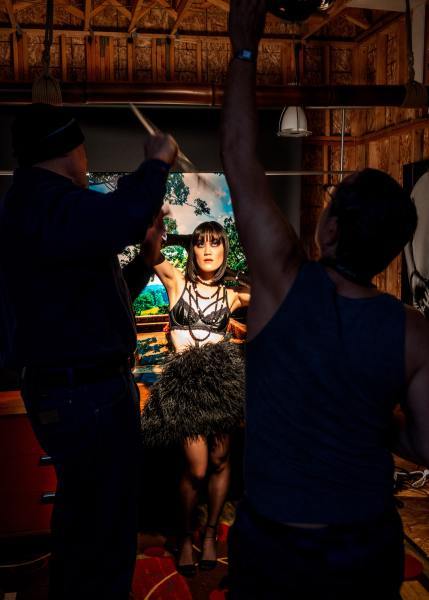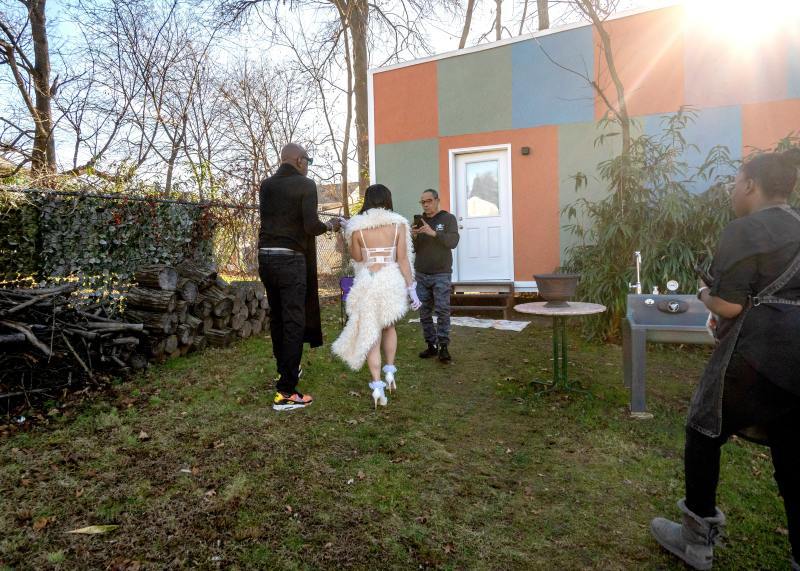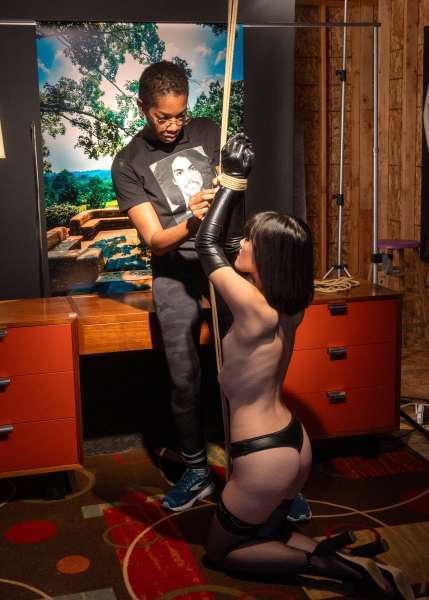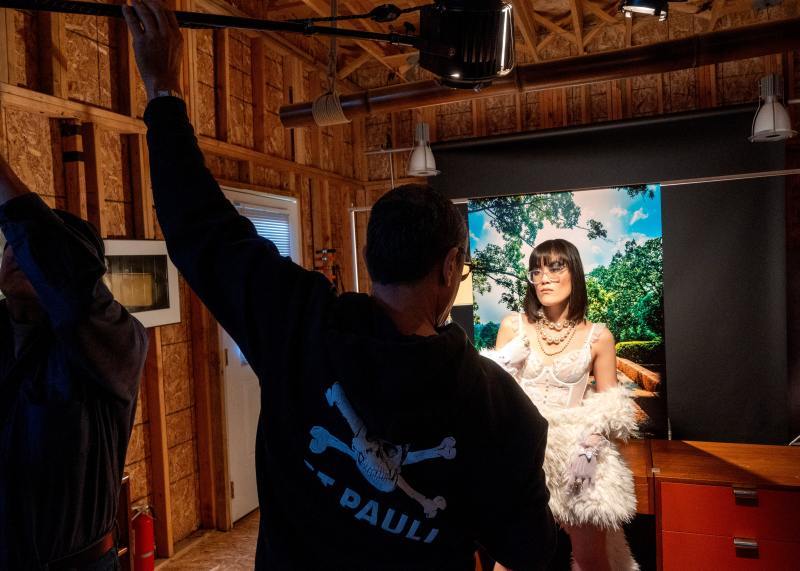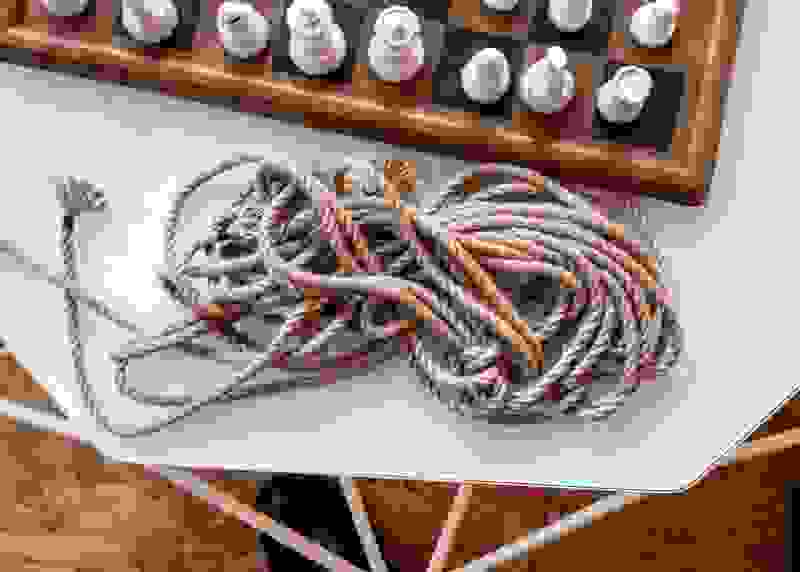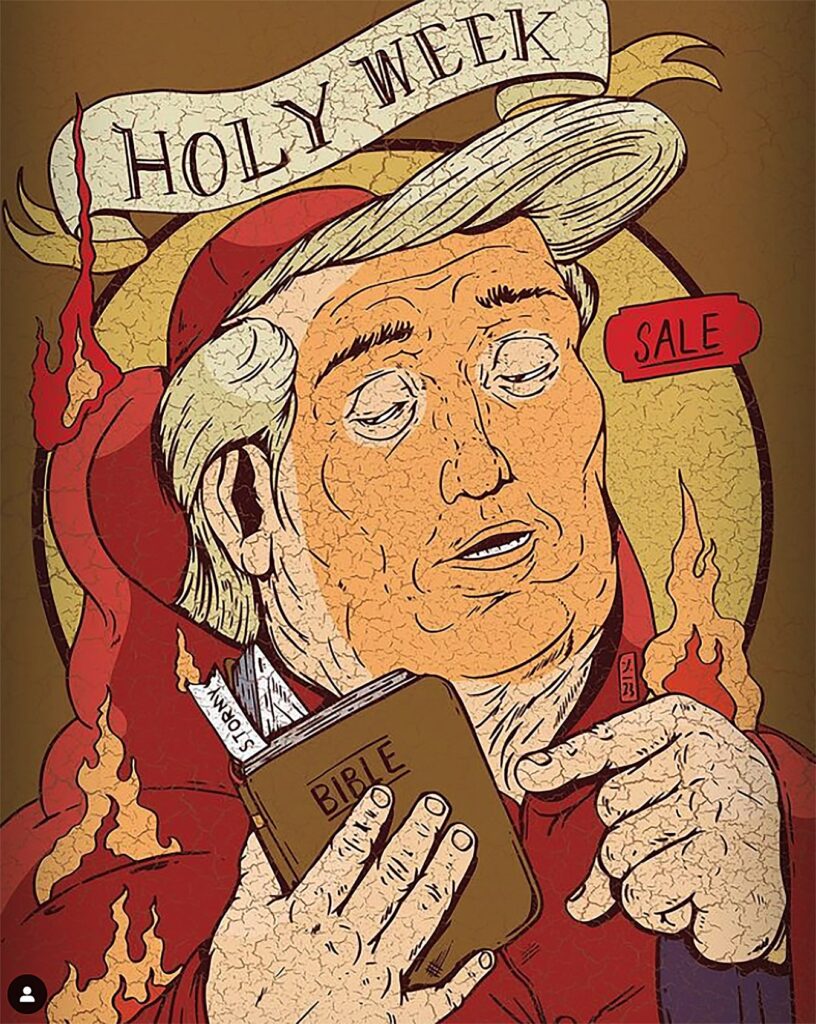
![]()
Text by Tracey Olkus, Copyright 2024
.
As The World Turns
.
Conflict and climate change have brought about unprecedented migration from the Middle East, Africa, and Central America to Europe and the United States. The war in Ukraine , the war in Gaza, Iran , China, the overall normalization of totalitarianism, a growing distaste for western liberal ideals and mounting global antisemitism will undoubtedly have an effect on our elections in November. The global nature of today’s chaos is undeniable.
There are agents of chaos whose relevance depends on maintaining conflict at any cost. At the top of this list (but not limited to it)are Hamas leadership , Netanyahu, Putin, and our very own Trump. In my opinion, The Palestinians and the Israelis both have the worst leadership they have ever had. Hamas is a terrorist organization that brutalizes its own people.The leaders of Hamas have become billionaires grifting off the huge amount of foreign aid meant for their struggling people and started a brutal and unwinnable war (not that anyone wins in war). Their only post war plan is more chaos. Netanyahu’s blanket support for West Bank settlements, disregard for the Palestinian Authority and miscalculation of the tremendous threat from Hamas caused incalculable damage. His attack on the Israeli judicial system brought on a sustained 40 week protest which has begun again because of his disastrous handling of the war and continued detainment of Israeli hostages. He is facing fraud, bribery and breach of trust charges presently. His iniquitous actions will see him headed to prison once the war is over. Putin, the puppet master , promises his people a return to the greatness of Imperial Russia. While he has become one of the richest men in the world, the average Russian’s standard of living has gone down. As a distraction he has to put on a show of expanding the Empire at the grave expense of Ukraine and Russia’s own economy. Meanwhile, killing dissidents within and beyond Russia’s borders and using the Russian military as hired mercenaries in Syria and across Africa. If Trump is a clown show, it’s the John Wayne Gacy type. He has turned the Republican party into a cult of partisan hysteria that seriously threatens the legitimacy of Democratic values and norms. Never before have we had a presidential contender so hell bent on destroying western style liberal democracy with his promise to be a dictator, to jail opponents, to turn back hard won rights,and not just to abandon our European allies but also to encourage attacks from their Russian adversary.
For these men, these agents of chaos, peace means disappearing into the dustbin of history. They rely on each other’s existence to maintain their own power. Hamas needs Bibi. Bibi needs Hamas. Putin and Trump need each other. And they all need the war in Gaza to rage on.
I think that all of this is connected to a global rise in totalitarianism that goes beyond these players .I am starting to believe that the Israeli and Palestinian people are simply pawns being used in an international game of chess where the goal is to extinguish the prevailing ideals of western democracy. This would explain why we are forced to focus on one tragedy and ignore others -like the hundreds of thousands killed in ongoing wars in Syria and Yemen.The first step in this game is to create a nebulous enemy that serves as a boogieman for both the Right and the Left. The next step is stoking a deep political cynicism leading people to disenfranchise themselves through apathy. This is where the triangulation of authoritarianism, democracy, and antisemitism comes into play.
In the US we like to break down current events into simplistic story lines where there are easy to differentiate “good actors” and “bad actors”. The war in Ukraine seemed like an easy narrative; An average guy (Zellensky) uses Democracy and the power of the vote to defeat a corrupt oligarch. Then he courageously leads his country in an existential battle against a sinister foe who targets unarmed civilians and bombs their schools, hospitals, apartment buildings. The cherry on top is that Zellensky is jewish and the progeny of holocaust survivors.This story spoke to Americans. We love the David vs Goliath, oppressed vs oppressor story.
Israel’s predictable extreme response to the savage attacks on October 7th allowed far right players to flip the script and present Jews worldwide not as David but rather as the monstrous Goliath, the oppressors not the oppressed. The story fits perfectly into old antisemitic tropes of Jewish world domination and blood libel. And that fast- the Ukraine story disappears and the war in Gaza goes on a never ending news cycle fanning the flames of ethnic and religious hatred.. .
Republicans have been hell bent on eroding if not completely erasing the major tenets of Liberal democracy. American Jews have been solidly aligned with these core values and strongly supportive of the Democratic Party. Republicans needed something to split the jewish vote and neutralize that powerful Democratic support system. Republicans also needed to fathom a spectre that would turn away from the Democratic Party, the very people that stand to gain from those Liberal ideals- namely Progressives, people of color, the LGBTQ community and young voters in general. Republicans desperately need people to be so thoroughly distracted that they forget about losing their own reproductive rights, they forget about book bans and attacks on the LGBTQ community, they forget about disappearing DEI and voting rights, they forget about the existential climate change crisis, forget about gun violence ,etc.These things would have to happen in advance of the 2024 presidential election. There are more registered Democrats than registered Republicans so a combination of gerrymandering , deflection, and the good ole’ “Divide and conquer” strategy would be needed to allow the Republicans to snatch power.
Left leaning Democrats are encouraged through social media and memes to turn their backs on their party. They are encouraged to believe that all of the candidates are the same ( nothing could be further from the truth). The best scenario is a choice between the lesser of two evils so why bother voting at all . Republicans hope this group can be distracted from the important issues that affect their lives now and into the future.Their anti Israel sentiment has increasingly resembled straightforward antisemitism. And remember Jews embody the essence of Liberal democratic ideals so the left is being swayed to see the center of their own party (not the Republicans) as the enemy. As we get closer to the election we are seeing printed sings decrying “Genocide Joe” -a name that seems to be sprung from the head of Donald Trump himself.
T.S. Elliott said , “between the idea and the reality is the shadow”. This is where American Jews are now. Former allies are now hostile – with anti war protestors becoming increasingly supportive of Hamas -even carrying signs that say “Rape Is Resistence”. There have been calls for boycotts of Jewish owned businesses, harassment of jewish students, and vandalism of jewish institutions. Republicans, are trying to capitalize on this. They point to the protestors as a sign that the Democratic party has exiled the Jews. Trump recently made a thinly veiled threat , “liberal Jews voted to destroy America.” (by supporting Democratic candidates and causes) ” Let’s hope you learned from your mistake.”. Nick Fuentes, the untempered right wing extremist podcaster who promotes putting the US government under authoritarian “Catholic Taliban rule” did not mince words when he recently called for the execution of “perfidious Jews” as soon as Trump is re-elected. I never thought I would see anything like this.
Against all odds, and to my utter surprise, Biden ,on the other hand, has been a great president. Our economy has boomeranged back. The stock market is hot. People are working. Wages have gone up. Restaurants are packed. Manufacturing is returning to the US, Infrastructure is being overhauled. And student debt relief has started to trickle in. But this is the boring business of the Democratic legislative process. We are not going to see memes with Pete Buttigieg singing JT’s “Cry me a river, build a bridge, and get over it”. And I worry that it’s the memes that move people to vote.
I think that the Democrats are counting on women, black , and LGBTQ voters to be motivated by the devastating reversal on reproductive rights and attacks on DEI programs and LGBTQ rights and generally by a concern for the planet. That really should be enough but I don’t think it is. They also think that the average person is paying attention to the fact that things seem to be working well right now. But good news doesn’t sell as fast as bad news. I really hope that the jewish Democratic block stays strong. I really hope that women remember how essential reproductive rights are to every single aspect of their health and wellbeing and how dangerous a Trump presidency would be. And I really hope the anti Israel protesters do not hand over their future to an authoritarian by throwing their vote away over this issue. Apathy could be the critical deciding factor in November. Historically speaking, increased antisemitism comes with an uptick in conspiracy theories being taken as fact and an easier acceptance of authoritarian rule. It seems the whole world is trending in this direction. The entire Arab world is run by dictators. China, Russia and Belarus have brutal dictators. Poland, Holland, Italy and Turkey now have far right wing governments. France is teetering on the edge. I’m sure I am missing many more here but this cosmic shift has my hair standing on end. And I have never wanted to be completely wrong about anything as I do now.
.

.
ABOUT THE AUTHOR:

